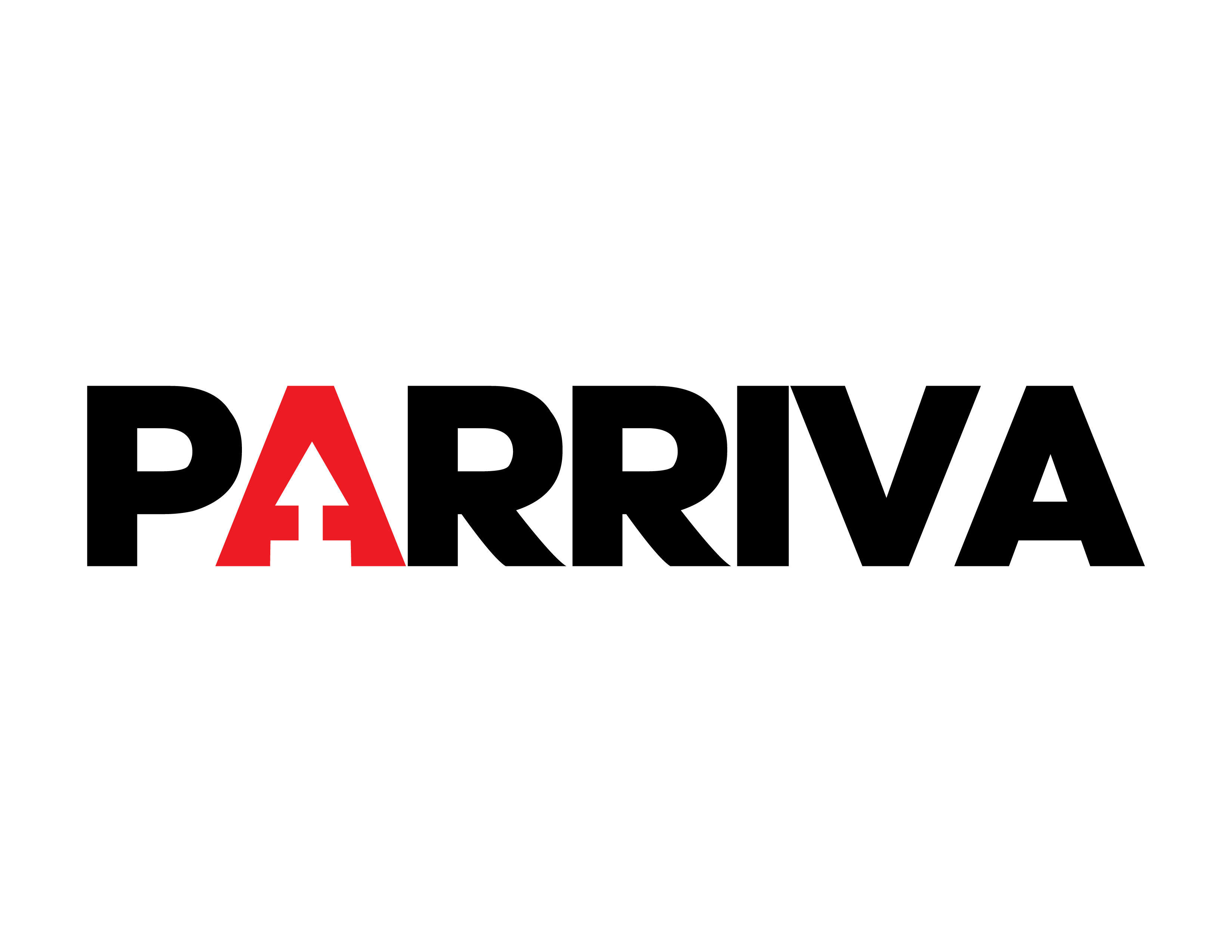Beginning Saturday, some 42 million low-income Americans, including 16 million children, lost access to benefits through the Supplemental Nutrition Assistance Program (SNAP) as the government shutdown continues.
The Department of Agriculture has said that funding for this month’s benefits, which it says comes to about $9.5 billion, has run dry.
The Trump administration has said that it will not provide a funding lifeline to SNAP, as it has to fund military and other government salaries and benefits affected by the shutdown, and has joined Republicans, who control both chambers in Congress, in blaming Democrats for the situation.
SNAP has traditionally been entirely federally funded, but is administered by states. That means the shutdown’s impact on SNAP and when benefits will start to become unavailable will vary by state.
Some states have initiated their own contingency plans, using their own funding in most cases, to keep their SNAPs running.
Here is a list of what states have announced so far:
California
The state allocated $80 million to food banks across the state, according to Democratic Gov. Gavin Newsom.








